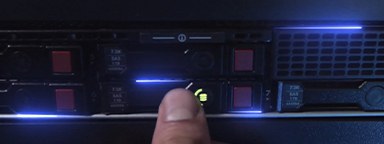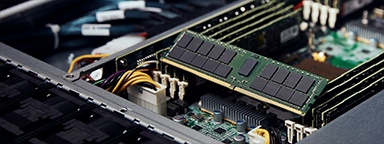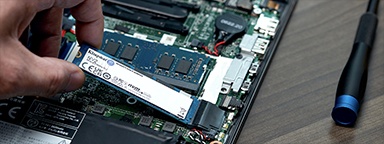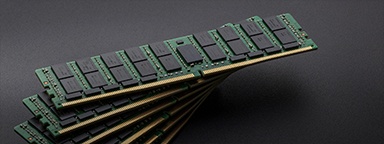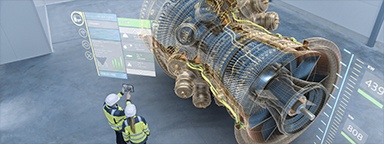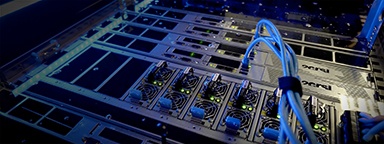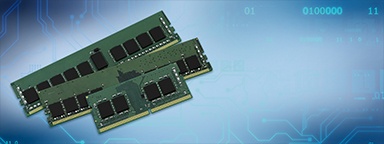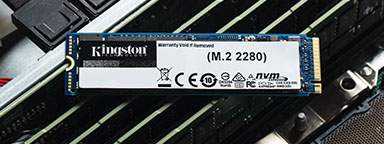Windows Server 2016 Memory and Storage Expert Guide
Memory and storage feature enhancements in Windows Server 2016

As the data center has evolved, technologies have emerged to help IT professionals worry less about the underlying hardware their services rely on.
For example, virtualization has largely abstracted away the hardware layer, giving Windows® administrators a great deal of control and flexibility in the software-based hypervisor layer. As a result of virtualization utilizing previously unused compute and memory capacity, data center density and efficiency have improved greatly in the recent past.
A Convergence Trend
Lately, there has been an IT trend toward the convergence of sto¬rage, networking and compute resources in the software-defined data center, where these once largely separate components have become more tightly integrated. They now work together more cohesively than in the traditional model, which had more separate, siloed components.
Windows Server 2016 Enhancements
Microsoft Windows Server 2016 was developed to continue this trend by introducing features and improvements that enable administrators to do even more with less. Microsoft’s latest server OS helps IT move further away from a model of individual physical servers running single applications and toward a more flexible, distributed data center platform, one that allows for the automation of storage, memory, compute and networking resources and for workloads to move seamlessly between servers or geographical locations, depending on demand.
Windows Server 2016 offers enhancements in the areas of virtualization, software-defined storage and networking, security and management. In addition, Windows Server 2016 brings new features, including Windows Server Containers, Nano Server and Storage Replica. The OS also greatly improves upon features like Storage Spaces Direct, Storage QoS (quality of service), memory runtime resize and more.
- Thanks to Storage Spaces Direct, Windows Server 2016 can provide a highly available storage system at a much lower cost using hardware organizations probably already have.
- In certain situations, IT departments can achieve up to a 93% lower VHD size with de-duplication enabled.{{Footnote.N47216}}
- IT admins have more control over all components in their environments, and management and automation of the entire server environment is easier than with previous OSes.
The whitepaper introduces several important Microsoft server OS storage and memory enhancements that give Windows admi¬nistrators access to advanced functionality and help IT departments save money, thanks to cost-saving new features that once existed only in specialized hardware. Now they’re available to everyone via OS, enabling IT professionals to get maximum return on investment out of the hardware they already have — and to effectively budget for future needs.








